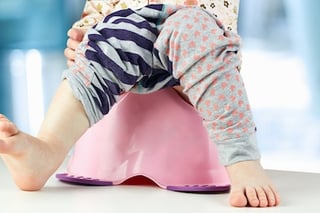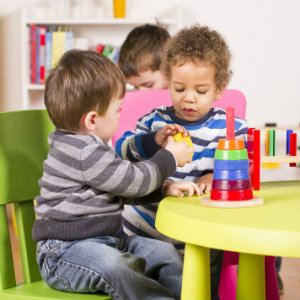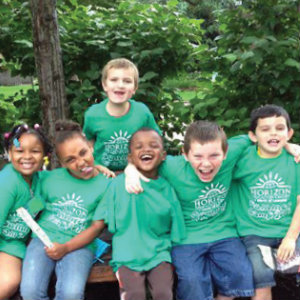 If you’ve read about potty training, talked to friends with young children and are still seeking additional help, here are six potty training tips you may be overlooking.
If you’ve read about potty training, talked to friends with young children and are still seeking additional help, here are six potty training tips you may be overlooking.
Tip #1: Make sure your child truly is ready.
FamilyDoctor.org shares signs that indicate readiness. They include your child providing signals that his or her diaper needs changed and showing interest in the potty chair or toilet. If your child articulates that he or she wants to use the potty, that’s a good sign. If your child can follow instructions, feels uncomfortable with a wet or soiled diaper, can stay dry for two hours (or even longer), wakes up from naps with a dry diaper and can pull his or her pants down and back up, those are signs of readiness.
If your child is not showing many of these signs, he or she simply may not be developmentally ready for this step. Some toddlers are ready to begin training at 18 to 24 months, while others still may be in diapers at age 3.
Check out ProjectPottyTraining.com, a site dedicated to helping parents to toilet train their children. Three of the ideas here come from this site (with six more to check out at the link provided).
Tip #2: Add high-fiber food to the meals you serve your child.
This helps to manage constipation, which could be a factor in your child’s struggles to use the toilet. You can provide him or her with high-fiber cereals, broccoli, spinach, cabbage, sweet potatoes, high-fiber yogurts, high-fiber wheat bread, prunes, apricots, apples and pears.
Tip #3: Limit the number of people involved in the process.
Ideally, only one person—someone with a strong relationship with the child—is involved. That isn’t always practical, of course. If the mom is the primary person, she may need help from her husband, her own mother or a childcare provider. In that case, agree upon common vocabulary about the processes and routines so your child doesn’t get confused.
Tip #4: Use incentives.
Parenting.com offers 10 training incentives you may not have tried. The first is to create potty cards. Each time your child successfully uses the toilet, punch the card. When there are six punch holes, your child receives a fun surprise. Also consider adding a few drops of food coloring to the toilet water, choosing a color that makes your child smile. Finally, reuse toilet paper tubes. Put surprise treats inside of them, wrap them in colorful tissue paper, and then let your successful potty-user choose a treat. Read the entire article for several more creative ideas.
Tip #5: Know when it’s break time.
Persistence and consistency are important, but it’s also crucial to avoid forcing the process. If your child is stressed out about something going on in his or her life, it may be more effective to take a break for a short time and then try a different approach when you resume the process.
Tip #6: Are training pants a good idea?
Experts debate this question, so you’ll hear different answers. Some believe them to be a practical aid in toilet training while others think they simply confuse the child, drawing out the process. Some believe it’s an acceptable aid at nighttime when bladder control is more difficult, but not during the day. Talk to your own doctor and pay attention to your instincts.



















